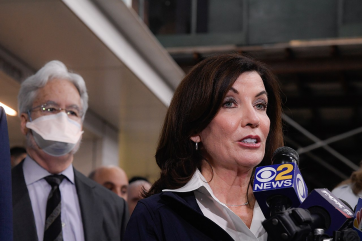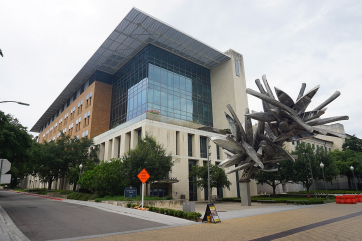The driving force behind the ongoing Disneyland measles outbreak is likely inadequate vaccine coverage, according to a recent study.
Findings from researchers at Boston Children's Hospital indicate that vaccine coverage among the exposed populations is far below that necessary to keep the virus in check, and is the first to positively link measles vaccination rates and the ongoing outbreak.
Measles is highly contagious. It's estimated that an infected individual in a population fully susceptible to measles will spread the virus to between 11 and 18 additional people. This number is called the virus's basic reproduction rate, or R0. In a population where at least some individuals are immune to measles, the virus spreads from person to person more slowly. The rate of spread in an immune population is called the virus's effective reproduction rate, or RE.
For the study, researchers examined case numbers reported by the California Department of Public Health and current and historical case data captured by the HealthMap disease surveillance system, the researchers--led by Maimuna Majumder, MPH, and John Brownstein, PhD, of Boston Children's Informatics Program--estimate that the measles vaccination rate among the case clusters in California, Arizona and Illinois is between 50 and 86 percent, far below the 96 to 99 percent necessary to create a herd immunity effect.
Majumder and Brownstein calculated that the virus's RE in the Disneyland outbreak is between 3.2 and 5.8. From there, the pair calculated their vaccination estimate. The estimates reflects the vaccination rate among the exposed populations in each cluster of cases linked to the outbreak so far.
"It's as though you took everyone exposed to measles in the areas with case clusters, put them in a room and measured the level of vaccine coverage in that aggregate population," Majumder said.
Using the same data sources, the HealthMap team has separately released an interactive model illustrating how differing rates of vaccine coverage could affect the growth of a measles outbreak over time.
The model, available at healthmap.org/measlesoutbreak, puts the effects of vaccination into stark relief. If a population is fully vaccinated against the virus, the model predicts that one case of measles will give rise to only two additional cases over 70 days. By contrast, if only 60 percent of a population is vaccinated, more than 2,800 cases will occur over the same time period.
The findings are detailed in the Journal of Social Issues.








